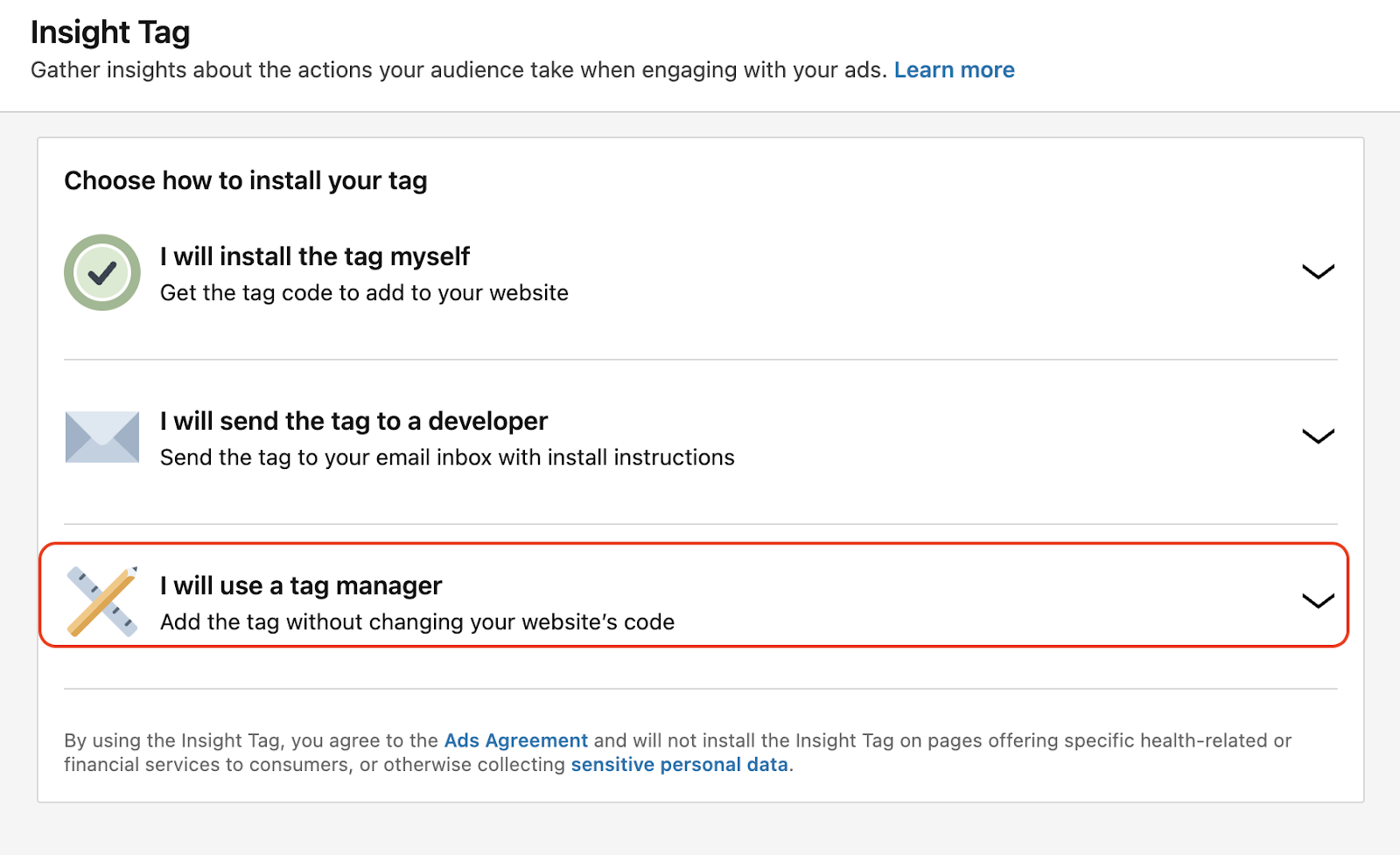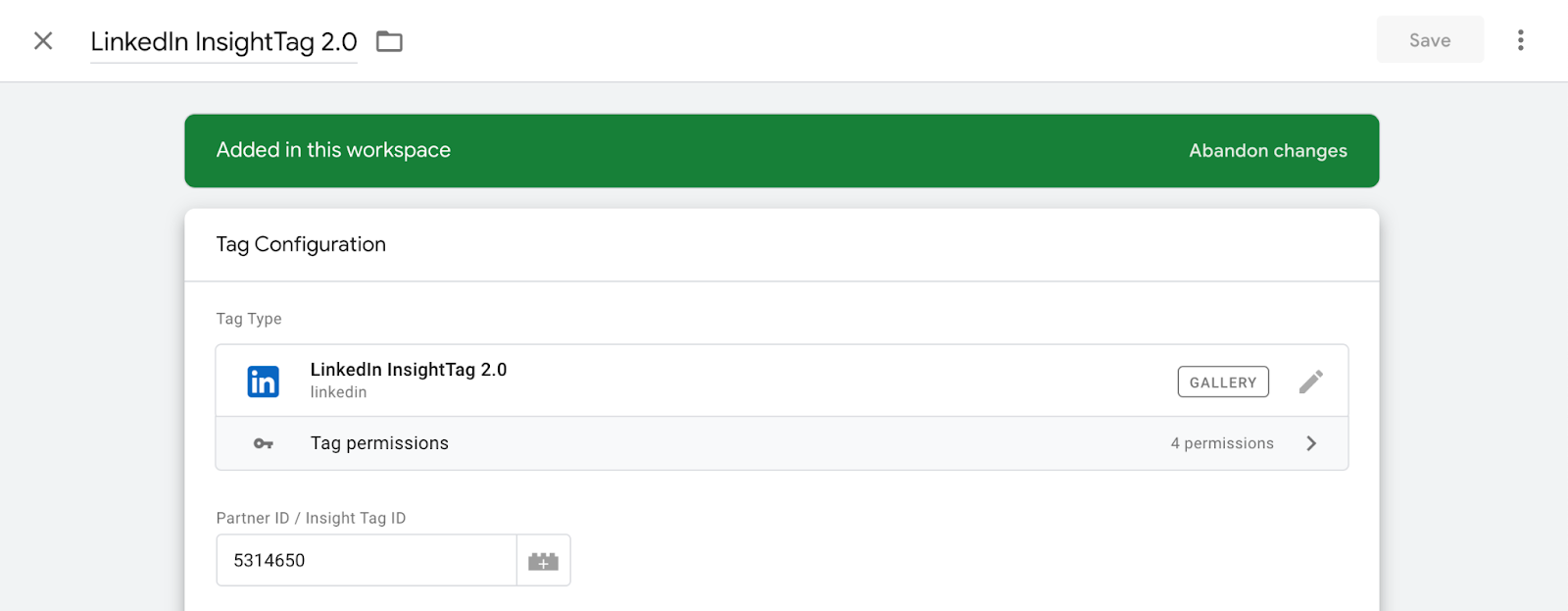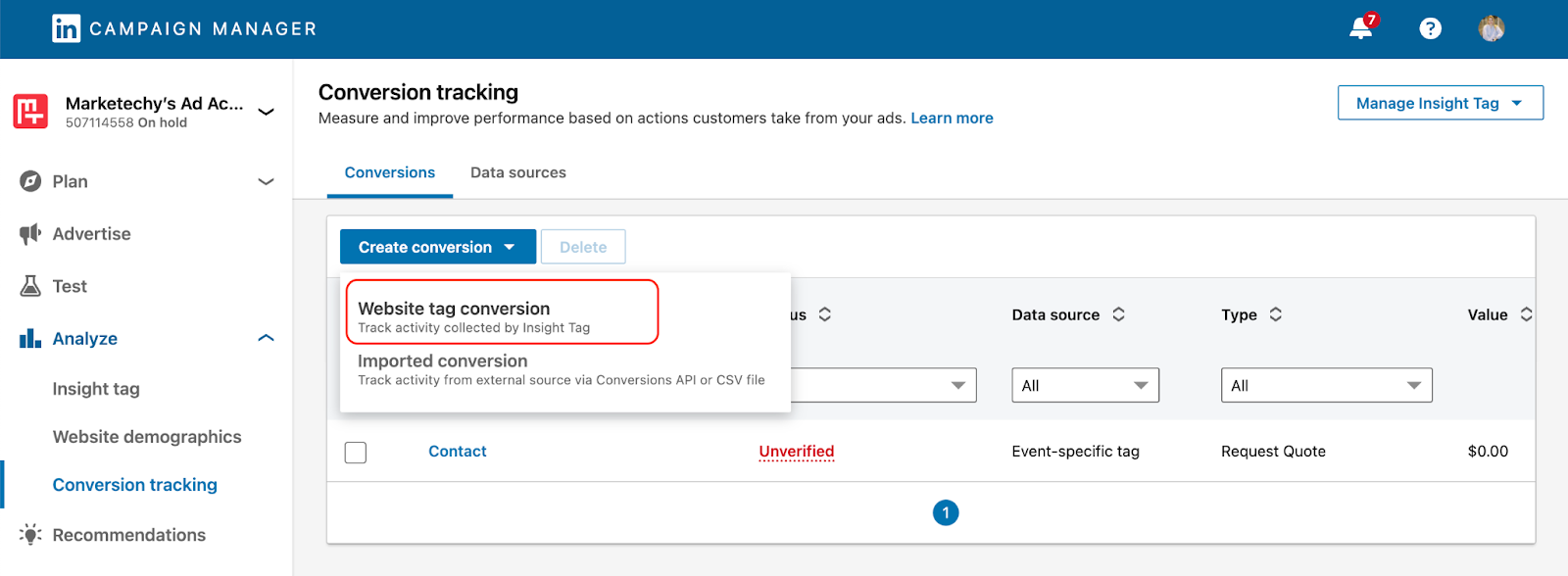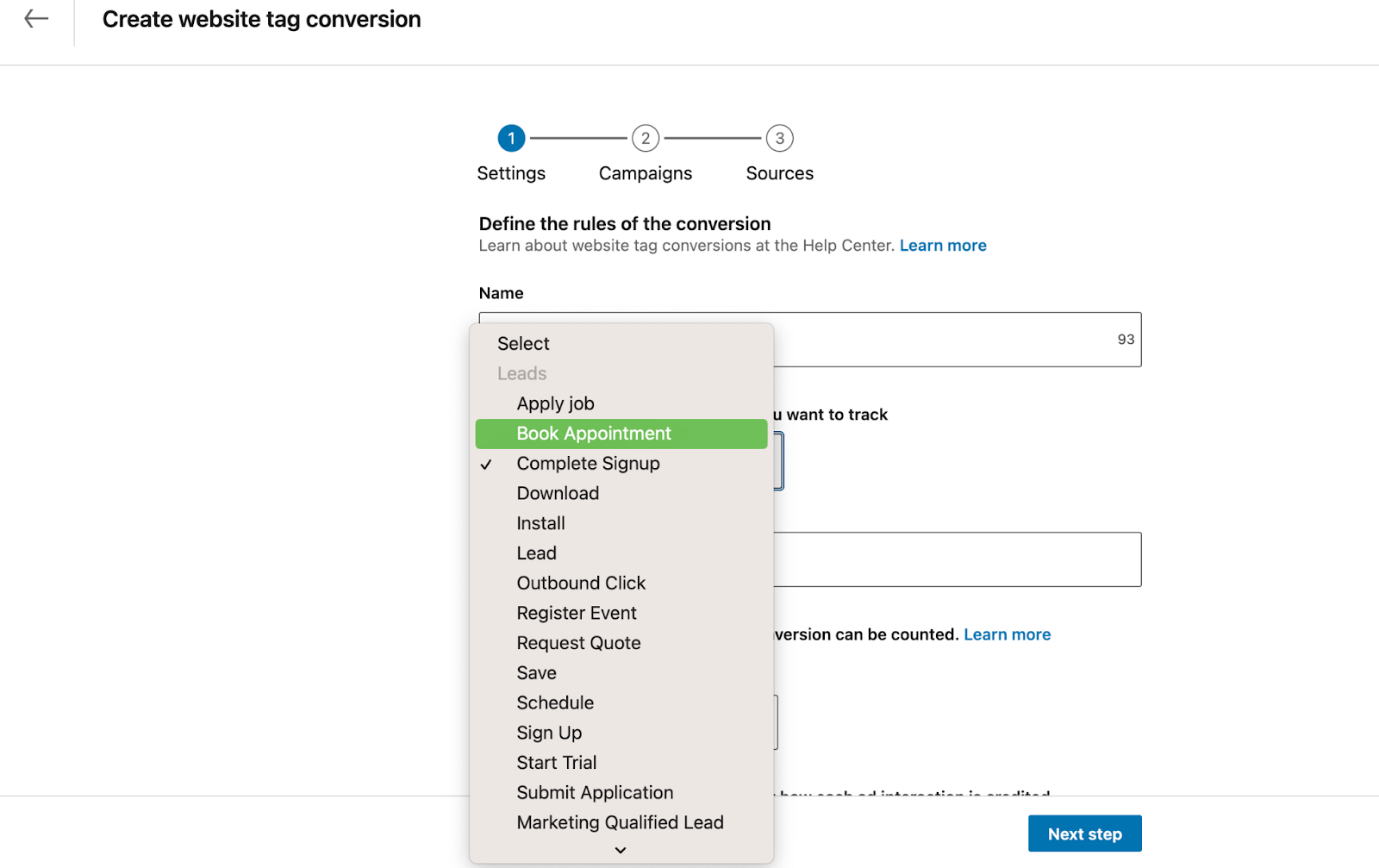What is Conversion tracking in LinkedIn?
Conversion tracking in LinkedIn is a feature that allows advertisers to measure the effectiveness of their LinkedIn ad campaigns by tracking specific actions or conversions that users take after clicking on an ad.
The latest statistics reveal that 89% of B2B marketers run LinkedIn lead generation campaigns regularly, and 40% of respondents praise this platform for bringing in high-quality leads.
That said, to keep lead gen pipelines clockwork and high-performing, there’s a need for consistent monitoring and improvement. The lead gen team should grasp the entire user journey to detect and improve some touchpoints responsible for funnel drop-offs.
With event-specific LinkedIn conversion tracking, you can gauge and assess the overall impact of paid ad campaigns to determine whether your lead pipelines perform well. In particular, using the event-specific conversion of your LinkedIn ad campaign.
Why You Need Event-Specific Conversion Tracking on LinkedIn
LinkedIn advertising pursues the end goal of the social campaign: conversion. Whether you aim to increase downloads of free demand gen content like whitepapers or get more qualified leads through form submission, you must track and attribute conversions properly.
LinkedIn conversion tracking is a flexible tool that allows you to focus on case-specific conversions. Delving into such interactions will help you better understand the user behavior: what grabs their attention once they enter your website and prompts them to continue exploring it. For instance, you can track how many visitors ask for more details (for example, through a contact form submission) or choose to follow you on social media.
On the whole, event-specific LinkedIn conversion tracking works great when you need to:
- Measure engagement. Click events are a quantifiable metric that allows you to assess how strongly visitors are engaged with on-page content. If you set event tracking for CTA buttons and internal links placed below the average scrolling depth, you can identify what part of your audience is engaged most.
- Assess CRO efforts. Measuring on-page CTR is vital to understanding whether you reach your CRO goals on particular landing pages. By tracking event-specific conversions, you can measure the impact of recent UX adjustments you’ve done to banners and CTA buttons.
- Extend LinkedIn conversion tracking beyond simple clicks. Post-click user activities remain a black box unless you bring the event-specific conversions on the map. When you enable LinkedIn Insight Tag to link LI to GA4 event tracking, you get a one-piece, holistic view of the user journey.
How to Set Event-Specific Conversion Tracking in LinkedIn End-to-End
Firstly, you’ll need to enter your LinkedIn Campaign Manager and choose the appropriate account where you currently run your campaign.
Set LinkedIn Insight Tag
Start with getting your LinkedIn Insight Tag. Get to the “Analyze” section of your LinkedIn campaign manager account and create the Insight Tag.

To enable LinkedIn conversion tracking you need to create a container for LinkedIn Insight Tag in Google Tag Manager to properly track custom events. So choose the “I will use a tag manager” option for the installation and follow the instructions.

The dropdown section will contain the Partner ID you’ll need to copy.
Now you must head to GTM workplace, move to Tags > New > look for Linkedin Insight Tag 2.0 in the Community Template Gallery since LinkedIn recently added the 2.0 version of the tag and recommends using it.

In the tag configuration, paste your Partner ID into the corresponding field:

We recommend you set this tag’s trigger mode to “All Pages”. Also, test one of your pages in GTM Preview mode or DebugView to make sure your LinkedIn Insight Tag fires correctly. We’ll explain how to run these tests further in this guide.
Configure Event-Specific LinkedIn Conversion Tracking
The second big part is configuring an event-specific conversion. Sign in to your LinkedIn Campaign Manager account and move to Analyze > Conversion Tracking. You’ll get to the Conversions tab, where you need to click on Create Conversion and choose Website Tag Conversion from the dropdown list:

Basically, you can set any user interaction for event-specific conversion. Such can be clicking on a CTA or navigation menu item, submitting a lead form, or downloading a file. Choose the name and type that properly defines your conversion event and set conversion value and conversion count timeframe if needed.

Also, you can choose whether to attribute each ad interaction to event-specific conversion within the last campaign or across all campaigns:



















